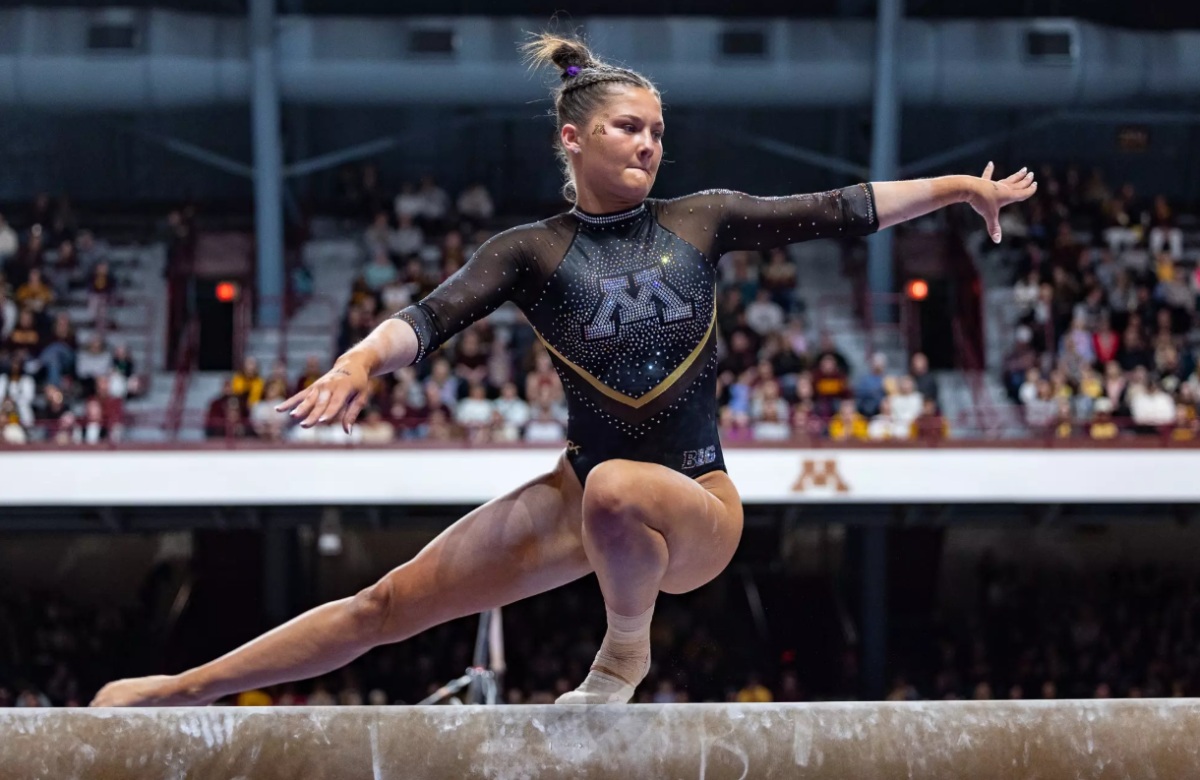Amid many changes to protocol and reviews of revenue sports, the NCAA’s policy overhaul has trickled down to affect some of the league’s nonrevenue sports.
The NCAA announced last month it would change the format of the schedule for the Division I outdoor track and field championships, which will take place at the University of Oregon.
The change, which was recommended by the Division I men’s and women’s track and field committee, will divvy up the four-day championships by gender, although it’s unknown which days will be for men and which for women.
In the past, men and women would compete one after the other in each event, over the span of four days.
Now, only one gender will compete on days one and three, while the other will compete on days two and four.
The scheduling change aims to make it easier for fans to follow the four-day event.
It also enables coaches who are at the helm of both the men’s and women’s teams to devote more attention to individuals on competition day.
The Division I championships cabinet unanimously approved the change.
As the NCAA continues to evolve, the new schedule reflects the association’s current state, said Gina Sperry, chair of the track and field committee.
“In order to best promote our sport and keep our sport alive, we have to change with the times as well,” said Sperry, who also serves as an associate athletics director at the University of Rhode Island.
Sperry said the NCAA will assess the format’s effectiveness after the 2016 championships.
With the change, athletes will have more recovery time between their competition days, though there will be less recovery time for athletes who compete in multiple events.
But at the championship level, that decrease in recovery time between same-day events shouldn’t matter, former Gophers distance runner John Simons said.
“Anybody that makes it to the national meet is a quality athlete and has the ability to make a splash there,” Simons said. “Nobody makes it to the meet that doesn’t belong there, so [the new schedule] doesn’t matter all that much.”
Minnesota women’s track and field head coach Matt Bingle said he’s unsure of how the change will pan out.
“I think it’s to be determined because it’s such a drastic change that hasn’t been done before,” Bingle said. “It might affect the public, but we’ll see how it impacts the student-athletes.”
In terms of preparation, Bingle said his team will likely not make changes.
Sperry said members of the U.S. Track and Cross Country Coaches Association first recommended the change to the track and field committee in 2012.
At the time, officials at ESPN — which televises the championships — were not in agreement with the change, Sperry said.
So Sperry said the track and field committee got ESPN more involved in the decision-making process, which allowed for the new format to roll out this year and the next.
The change should simplify the tournament for fans, Sperry said.
In addition, men and women competing on different days should bring clarity to ESPN’s coverage of the championships.
“This shows that if we all work together in the best interest of the sport, we can do some great things,” Sperry said. “We are very excited. We can’t wait to see what ESPN comes up with.”







